9 March 2015 10.00am — 6.30pm
Venue: Lecture Theatre, Weston Library (Map)
The Bodleian Libraries are hosting a one-day hackfest celebrating the release of 25,000 texts from the Early English Books Online project into the public domain. The event encourages students, researchers from all disciplines, and members of the public with an interest in the intersection between technology, history and literature to work together to develop a project using the texts and the data they may generate.
The EEBO-TCP corpus covers the period from 1473 to 1700 and is now estimated to comprise more than two million pages and nearly a billion words. It represents a history of the printed word in England from the birth of the printing press to the reign of William and Mary, and it contains texts of incomparable significance for research across all academic disciplines, including literature, history, philosophy, linguistics, theology, music, fine arts, education, mathematics, and science.
We’re looking for all kinds of people to participate; those with an interest in data visualisation, geospatial analysis, corpus linguistics, written and spoken word, web applications and programming, data/text mining, art, film and more are welcome. You don’t have be an expert to join, but you do need to be enthusiastic and prepared to help develop a project.
The hackathon will take place during the day (10am-5pm), with a reception to follow at 5pm. Prizes will be given to the best of the day’s projects.
More information about the project is available from the EEBO-TCP website.
Participants in the day’s event are encouraged to consider entering their ideas into the online Early English Books Ideas Hack, which seeks to explore innovative and creative approaches to the data and identify potential paths for future activity. Submissions for the Ideas Hack close on 2 April.
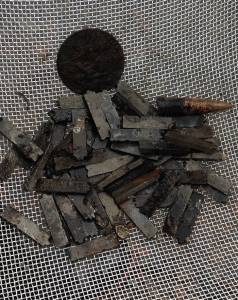
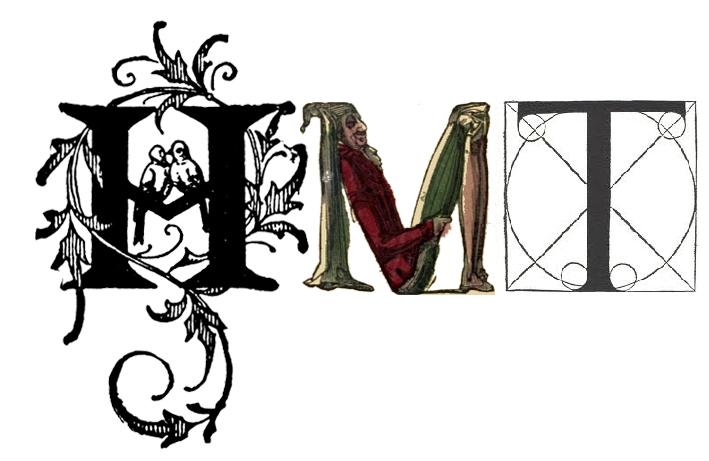
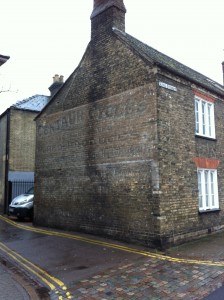
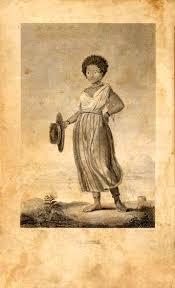 as the neutral holder and transmitter of its materials–could be busted once and for all. This might mean finding ways in which archivists, librarians and curators could be fully credited for their intellectual contributions, so that they would cease to be viewed merely gatekeepers and custodians of the past. There are formidable obstacles to this, mainly to do with the funding pressures that dog the majority of collections. But the conversation seemed to offer a glimpse into a brighter future.
as the neutral holder and transmitter of its materials–could be busted once and for all. This might mean finding ways in which archivists, librarians and curators could be fully credited for their intellectual contributions, so that they would cease to be viewed merely gatekeepers and custodians of the past. There are formidable obstacles to this, mainly to do with the funding pressures that dog the majority of collections. But the conversation seemed to offer a glimpse into a brighter future.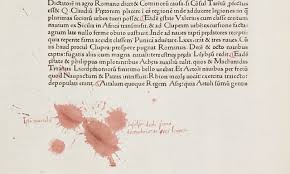 So we’re invited to imagine Venetian bookbuyers weighing the cost of a Bible against the cost of six chickens or five geese; to witness the future Queen Katherine Parr giving her uncle a prayer book, and asking him to remember his ‘louuynge nys’ when he looks on it; to admire a doctor’s drawing of a foetus in the womb in the margins of a medical book. A student at the University of Padua spills ink on his Livy, and writes fastidiously around it, in Latin: This blot … I stupidly made on the first of December 1482′. The books are often marvels in themselves, but they really come to life in the hands of their owners.
So we’re invited to imagine Venetian bookbuyers weighing the cost of a Bible against the cost of six chickens or five geese; to witness the future Queen Katherine Parr giving her uncle a prayer book, and asking him to remember his ‘louuynge nys’ when he looks on it; to admire a doctor’s drawing of a foetus in the womb in the margins of a medical book. A student at the University of Padua spills ink on his Livy, and writes fastidiously around it, in Latin: This blot … I stupidly made on the first of December 1482′. The books are often marvels in themselves, but they really come to life in the hands of their owners.